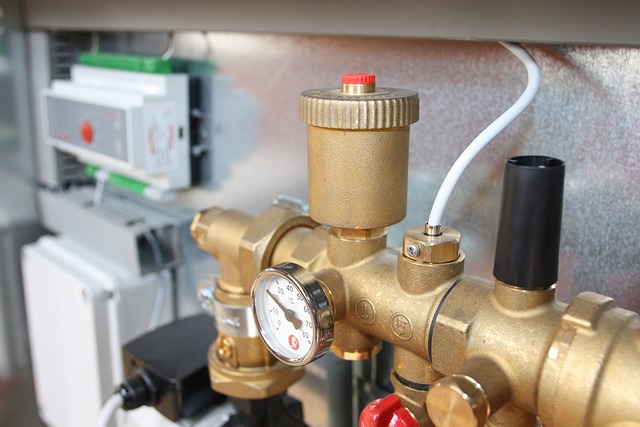Homeowners should address bathroom and kitchen fixture updates promptly to avoid problems. A licensed plumber recommends modern, efficient alternatives, ensures expert installation, and provides post-installation checks. Choosing high-quality supplies from trusted suppliers is vital for prolonged lifespan and leak prevention. Following a skilled plumber's guidance facilitates successful DIY fixture installation. Regular maintenance checks are essential for reliable plumbing systems.
Looking to refresh your bathroom or kitchen? Installing new faucets, sinks, or showers can elevate your space and water efficiency. This guide delves into the essential aspects of updating your fixtures, from understanding the need for new fittings to choosing the right plumber and supplies. We’ll walk you through a step-by-step installation process and provide post-installation checks and maintenance tips to ensure your new fixtures last.
- Understanding the Need for New Fixtures
- Choosing the Right Plumber and Supplies
- Installation Process: Step-by-Step Guide
- Post-Installation Checks and Maintenance Tips
Understanding the Need for New Fixtures
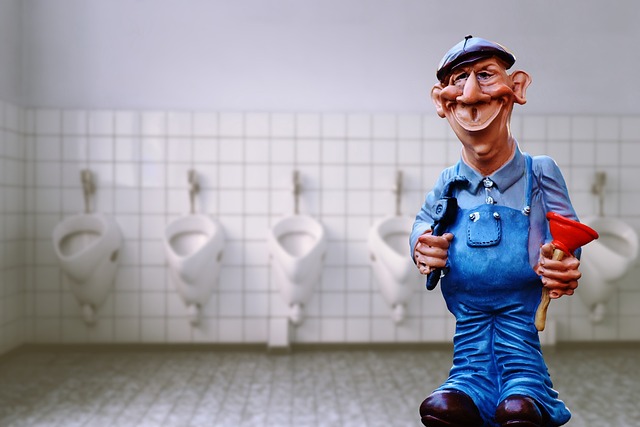
In many homes, the fixtures we rely on daily can become outdated or damaged over time. This is where a plumber steps in to offer much-needed solutions. Whether it’s a leaky faucet that wastes precious water or an old sink that’s seen better days, replacing these essential fixtures is not just about aesthetics; it’s about functionality and sustainability. A modern, efficient faucet, for instance, can reduce water consumption significantly, contributing to environmental conservation efforts.
For homeowners, recognizing the signs that new fixtures are necessary is the first step. Over time, fixtures may show signs of corrosion, become difficult to operate, or fail completely, leading to costly repairs or constant maintenance. A plumber’s expertise is invaluable in this scenario, as they can assess the situation, recommend suitable replacements, and ensure a seamless installation process.
Choosing the Right Plumber and Supplies
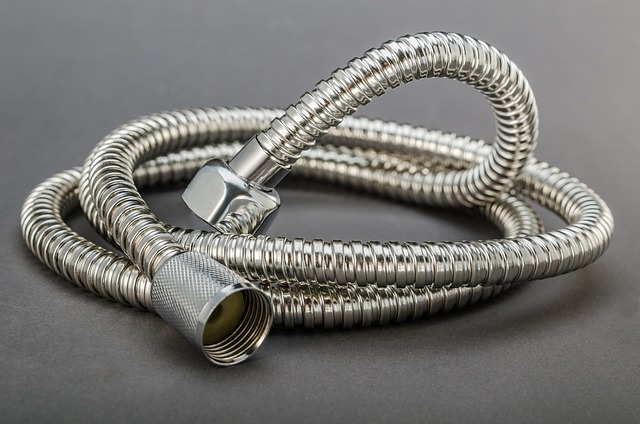
When it comes to installing new fixtures like faucets, sinks, or showers, choosing the right plumber and supplies is paramount. Look for a licensed and experienced plumber who specializes in residential or commercial installations, depending on your project’s scope. They should be equipped with knowledge of various fixture types and up-to-date industry standards, ensuring your installation meets safety regulations.
Additionally, ensure you source high-quality supplies from reputable suppliers. This includes not just the fixtures themselves but also essential components like pipes, valves, and connectors. Quality materials not only guarantee a longer lifespan for your new installations but also prevent future leaks or clogs, saving you time and money in the long run.
Installation Process: Step-by-Step Guide
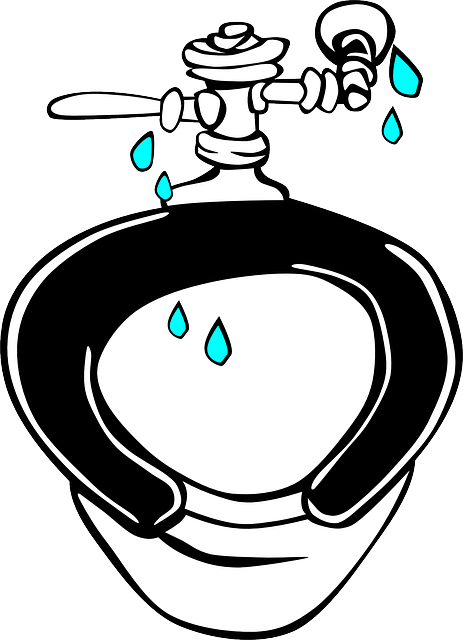
Installing new fixtures like faucets, sinks, or showers can be a straightforward process with the right guidance. Start by gathering all necessary tools and materials, including your new fixtures, drain plugs, wrenches, and any seals or gaskets. Turn off the water supply to prevent leaks during installation. Next, remove the old fixtures carefully, taking note of how they were connected. This involves unscrewing any visible parts and detaching them from the pipes.
With the old components removed, prepare the new fixture according to the manufacturer’s instructions. Connect it to the existing plumbing by threading on the supply lines and securing them with tight-fitting plugs. Ensure all connections are secure before reactivating the water supply. Test each fixture for leaks and adjust any moving parts as needed. A skilled plumber can guide you through these steps, ensuring a seamless installation without complications.
Post-Installation Checks and Maintenance Tips
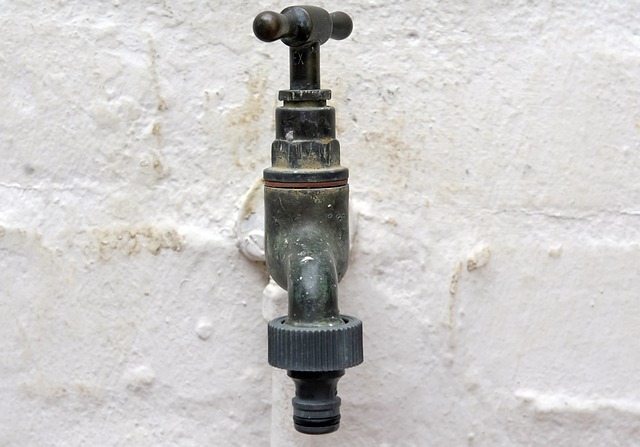
After installing new fixtures like faucets, sinks, or showers, it’s crucial to perform essential post-installation checks recommended by a professional plumber. This includes verifying water pressure and temperature settings, ensuring all parts are securely fastened, and checking for any leaks at the base of each fixture. Regular maintenance is equally vital to prolong these installations’ lifespan. Simple tasks like tightening loose components, cleaning aerators to prevent mineral buildup, and inspecting gaskets or seals for damage can significantly reduce the risk of future leaks.
Additionally, keep an eye out for unusual noises, which might indicate faulty parts or improper installation. Regular inspection and prompt attention to these details will not only save you from costly repairs but also ensure your plumbing system remains efficient and reliable over time.
When updating your home with new faucets, sinks, or showers, choosing the right plumber and supplies is key. The installation process requires skill and precision, so it’s essential to follow a step-by-step guide for a successful and safe outcome. Regular post-installation checks and maintenance tips will ensure these fixtures serve you well for years to come, enhancing your daily routines with comfort and efficiency. Remember, a professional plumber can make all the difference, ensuring your new fixtures are not just installed but also perfectly tailored to your needs.
